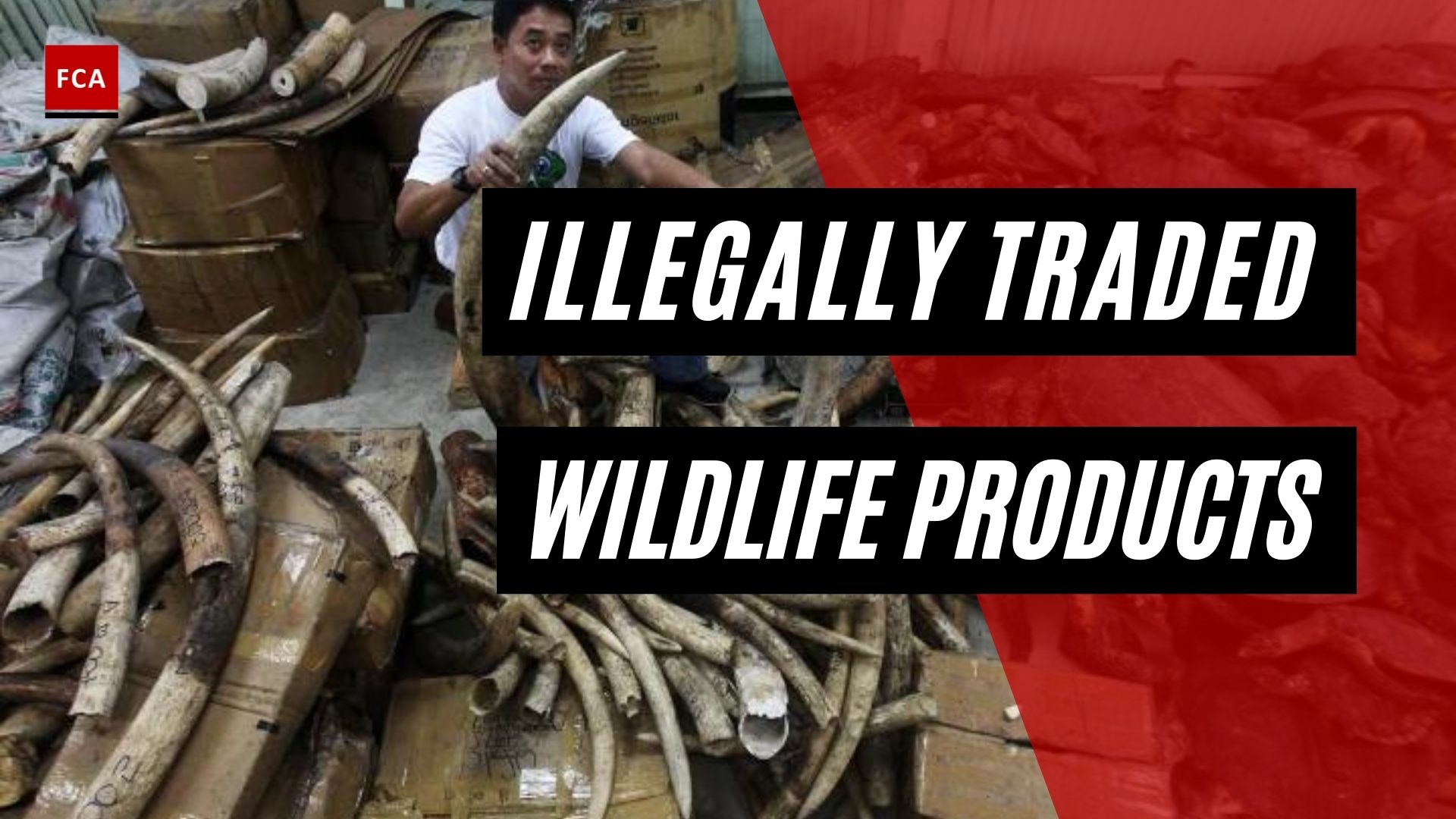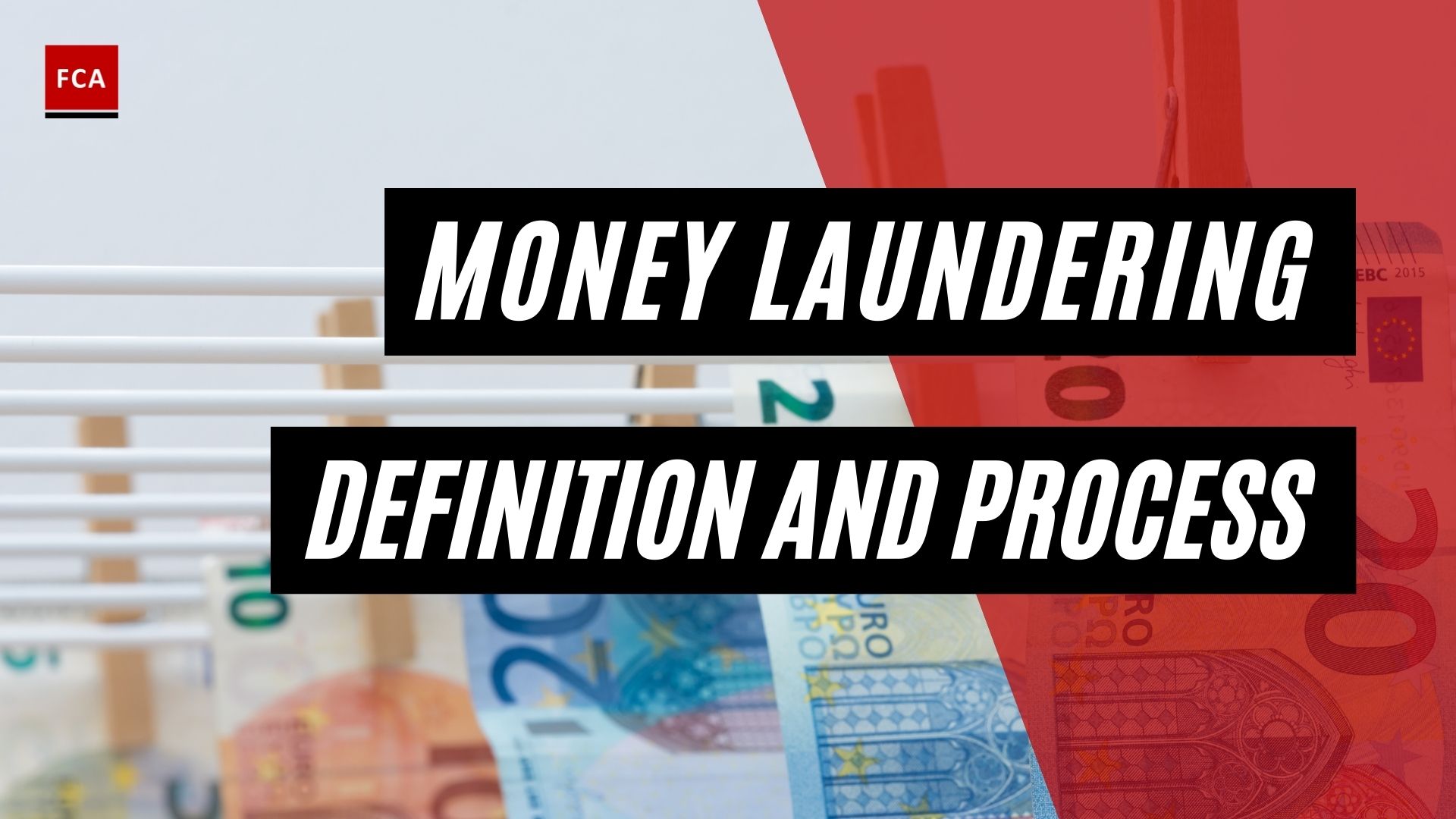The overarching risk prevention and mitigation measures. Companies in multiple sectors, including financial services and logistics, are starting to perceive of illegal wildlife trade not just as a conservation issue, and therefore confined to corporate social responsibility departments, but in terms of the risks this illegal trade presents to their business.
Overarching Risk Prevention And Mitigation Measures
These risks are tightly intertwined with other risks, particularly money laundering, terrorist financing, organized crime in general, corruption, and security. In fact, profits from wildlife crime that enter global financial markets are proceeds of crime, linked by default to other forms of financial crime such as money laundering and tax fraud. This leaves companies open to major risks.
This shift in approach has started to trigger systemic and sustainable change in businesses worldwide. Let’s discuss some overarching risk prevention measures that organizations can take to mitigate the risk involved.

Include Illegal Wildlife Trade In Relevant Company Documents
Companies that are starting to perceive of illegal wildlife in terms of the risks it presents to their business, should initially put this acknowledgement in writing. Let’s discuss the key company documents that are suitable to anchor a company’s commitment to countering illegal wildlife trade.
- Code of Conduct: A company code of conduct is a set of rules which is commonly written for employees of a company, which protects the business and informs the employees of the company’s expectations. It is appropriate for even the smallest of companies to create a document containing important information on expectations for employees. The Code of Conduct does not need to be complex or have elaborate policies. In this spirit, a sentence or two that recognizes illegal wildlife trade as a risk, potentially related to money laundering or other financial crimes, demonstrates the commitment of a company to counter illegal wildlife trade to all relevant stakeholders, including employees.
- Risk Appetite Statement: A “risk appetite statement” is a broad description of the amount and types of risk an organization is willing to accept to achieve its objectives. A risk appetite statement documents an organization’s risk appetite, clearly defining what the organization considers as threats and what the likely responses will be. A thoughtful risk appetite statement aligned to the organization’s goals is a valuable and useful tool that helps every leader made risk-informed decisions. An organization that recognizes illegal wildlife trade as a risk that is to be avoided and describes its risk tolerance, demonstrates a consistent “tone from the top”. This recognition is also an important driver for the organization’s responsible risk managers to take action and implement risk mitigating measures.
- Anti-Financial Crime Policies: A company policy is a guideline to help employers dealing with their everyday activities. Policies are also guidelines for legal issues, regulatory requirements, and any situation that could lead to serious consequences. Typically, an organization has some sort of policy that is internally regulating anti-financial crime activities, including money laundering and terrorist financing. An anti-money laundering policy could include specific responsibilities and provisions for the identification and prevention of illegal wildlife trade.
Adjust The Internal Control System
Internal controls are the mechanisms, rules, and procedures implemented by a company to ensure the integrity of financial and accounting information, promote accountability, prevent fraud, and mitigate strategic as well as operational risks. With regards to illegal wildlife trade, companies should consider designing and implementing effective internal controls to prevent related risks from materializing.
By these means, companies should consider strengthening oversight over employees, procedures and operational systems based on risk indicators. For example, if employees try to bypass internal approval procedures or insist on working particular shifts or on certain customer accounts, or deploy phrases that are imprecise euphemisms, these scenarios should be examined and determined whether they might indicate collusion with an external party such as a customer, or government official, which – in a hypothetical scenario – might potentially be related to illegal wildlife trade.
Take A Risk-Based Approach To Due Diligence
In corporate reality, it is most often unfeasible to perform enhanced due diligence on each and every financial transaction or shipment. Using a risk-based approach by identifying an accumulation of red flags allows organizations such as financial institutions and logistics providers to focus on transactions, customers, or individual shipments that show a particularly high risk. We will discuss some exemplary red flags later in this course.
Streamline Know Your Customer (KYC) Procedures
Financial institutions offering trade finance services as well as logistics providers have to be experts in the trade patterns of the regions in which they operate. In order to tailor their services to the market effectively, they also need to be well connected with other stakeholders in the trade finance or transportation industry and understand their corresponding requirements.
Financial Institutions
This puts especially financial institutions in a unique position to understand, for example, the subject of a letter of credit, financial guarantee, or transaction, which should enable them to identify any anomalies in:
- Products that don’t fit the normal trade patterns, such as plastic manufactured products exported from Africa to China;
- Weight and packaging requirements that are unusual;
- Patterns and behaviors of shippers, including traders or manufacturers, themselves; and
- Issues with the information and documents provided by the customer.
This knowledge should help companies streamline their KYC procedures.
Often the same tactics and trade routes are used for smuggling a variety of illegal goods such as counterfeits, weapons, narcotics and illegal wildlife products. Using existing guidance and principles and extending or tailoring them to risks specific to the illegal wildlife trade can increase the effectiveness of due diligence without the need to reinvent the wheel and develop cost-intensive new policies and control functions.
Final Thoughts
As the human and financial costs of disasters rise, there is a greater need for proof that mitigation works. However, until this proof is available, many aid organizations will be hesitant to pursue risk reduction as a primary goal, or even to protect their own projects from potential hazards. It is necessary to have appropriate tools to analyze and measure the costs of mitigation and the nature of the resulting flow of benefits underpinning the generation of such evidence. These costs and benefits can take many forms, including social, environmental, and humanitarian costs and benefits, as well as financial costs and benefits.








